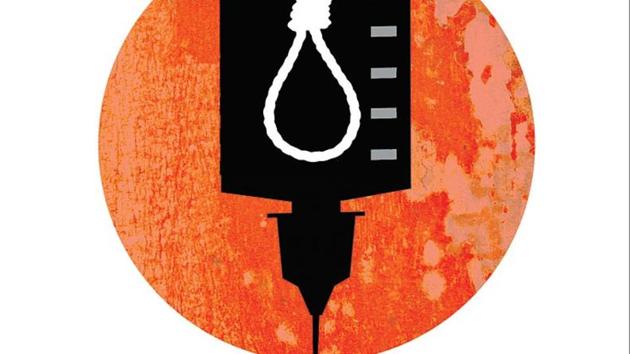Maharashtra now has most prisoners on death row, overtakes UP
Judges in Maharashtra have traditionally been very heavy-handed in their infliction of the death penalty, said Yug Chaudhary, a Mumbai-based lawyer who has represented the appeals of several death row inmates.
Maharashtra has overtaken Uttar Pradesh as the state with the most prisoners on death row, according to a report published on Wednesday by researchers at the National Law University in Delhi.

“UP almost has double the population of Maharasthra and has been the leader for a while,” said Anup Surendranath, director of the Centre on the Death Penalty, which compiled the report. “It’s interesting to see that Maharasthra has overtaken UP.”
Maharashtra had 67 prisoners on death row at the end of 2017, up from 47 a year before. Uttar Pradesh, meanwhile, had 65 death row prisoners, down from 77. The states’ populations are about 11 crore and 20 crore, respectively.
Why does Maharashtra have so many death row prisoners? Violent crime doesn’t account for it. Maharashtra’s murder rate in 2016, the most recent year for which data is available, was about two for every one lakh people. That’s lower than both that of UP and the country as a whole, both of which recorded murder rates of about 2.5 per lakh.
Instead, it may simply be the result of a self-reinforcing pattern of strict sentencing among the state’s trial court judges, said Yug Chaudhary, a Mumbai-based lawyer who has represented the appeals of several death row inmates in Maharashtra and across the country. “Once it starts,” he said, “the ball keeps rolling.”
No matter the reason, Chaudhary said, “judges in Maharashtra have traditionally been very heavy-handed in their infliction of the death penalty.”
The report also confirms previous figures which suggest that those who receive the death penalty are unlikely to ever be executed. Of the 99 death row prisoners whose cases were reviewed by higher courts last year, 53 had their sentences commuted while 35 were acquitted entirely. In other words, high courts rejected the judgements of trial courts 90% of the time.
“Almost all of these sentences get overturned in the high courts or in the Supreme Court,” Chaudhary said. “In spite of this, the judges are not learning.”
Though Maharashtra has the highest number of death row prisoners, perhaps a better measure of judges’ likelihood to hand down the death penalty is the number of sentences imposed as a proportion of the state’s population. All else being equal, less populous states ought to have fewer people on death row.
By that measure, judges in Jammu and Kashmir are the most likely to impose the death penalty. The state has more than 9.5 people on death row per one lakh population, far more than any other state. Haryana has 6.7 death row prisoners per lakh population, the second highest rate, while Maharasthra comes third, with about 6 death row prisoners per lakh people.
To collect information on death row prisoners, researchers at the Centre on the Death Penalty have spent years combing through news reports and filing hundreds of public records requests through the Right to Information (RTI) Act.
In addition to creating the first database of information about each death row prisoner, the researchers have discovered that official figures published by the National Crime Records Bureau are not entirely accurate.
“In my experience looking at official documents, sometimes — most times — some names or others are missing,” said Poornima Rajeshwar, one of the three lead researchers and writers of the report. “News links are the most reliable source of information. [Some names of death row prisoners] are not likely to be available in prison lists or RTIs, because they are not updated regularly.”





